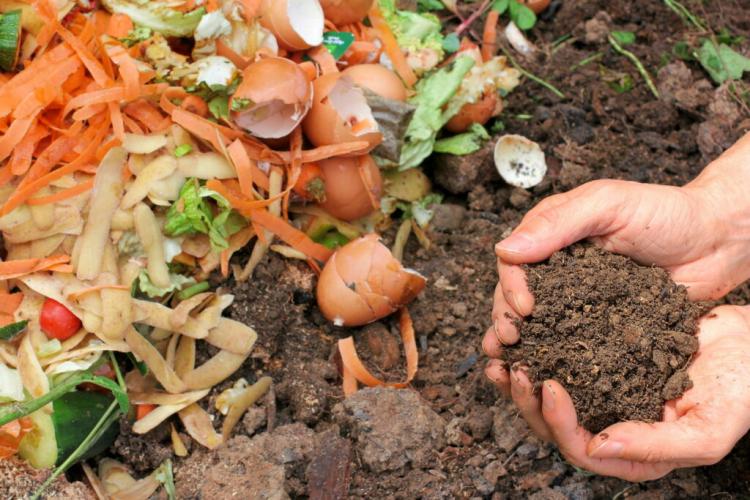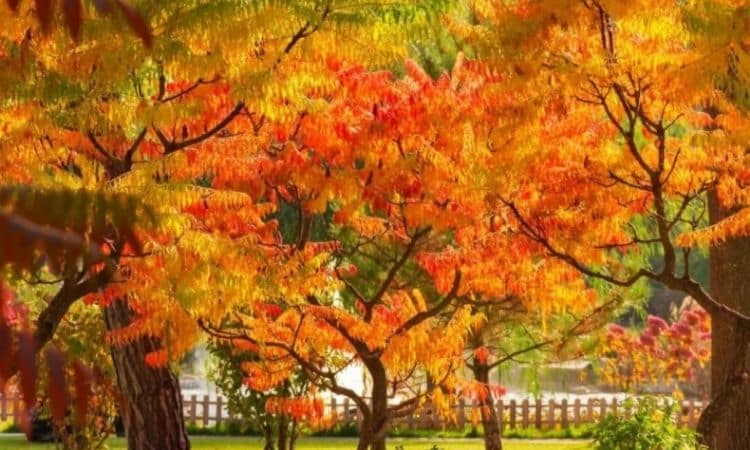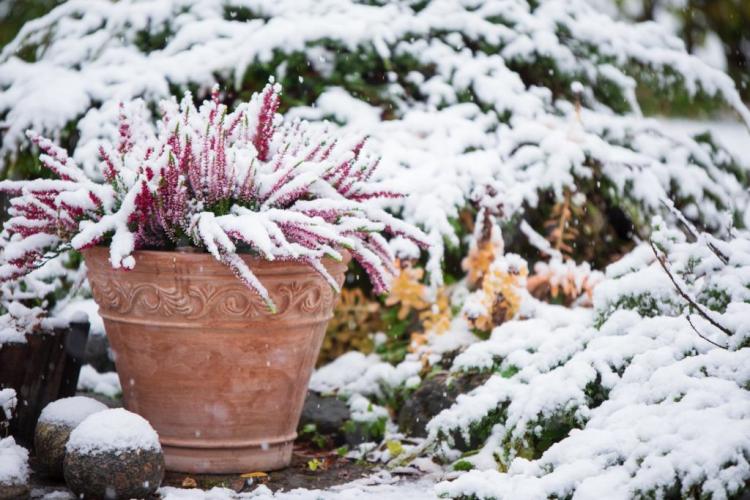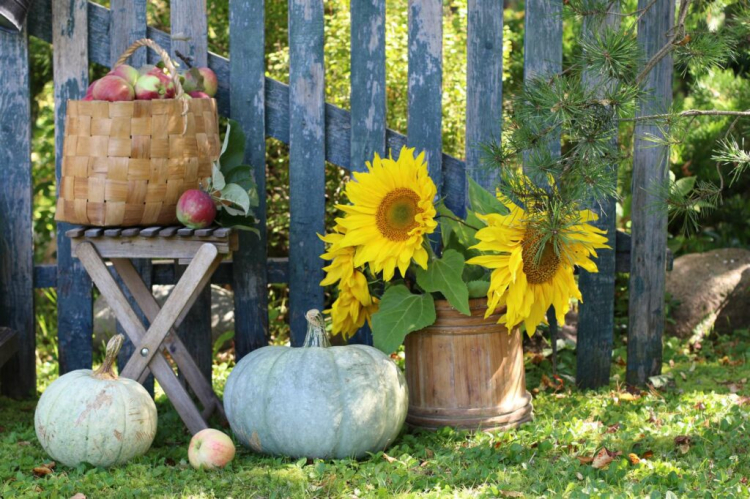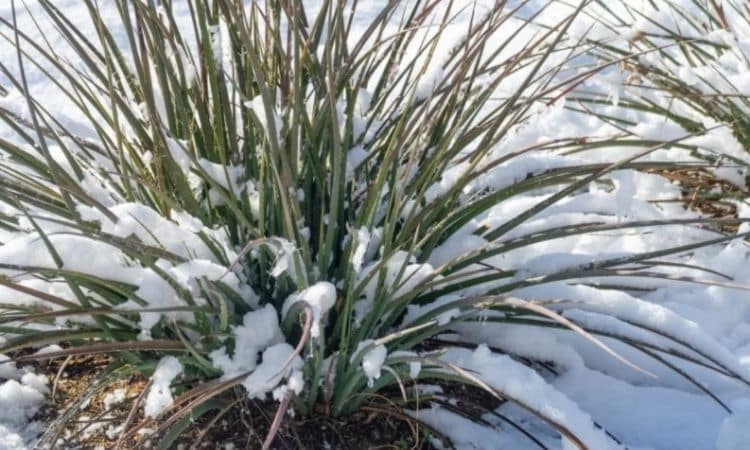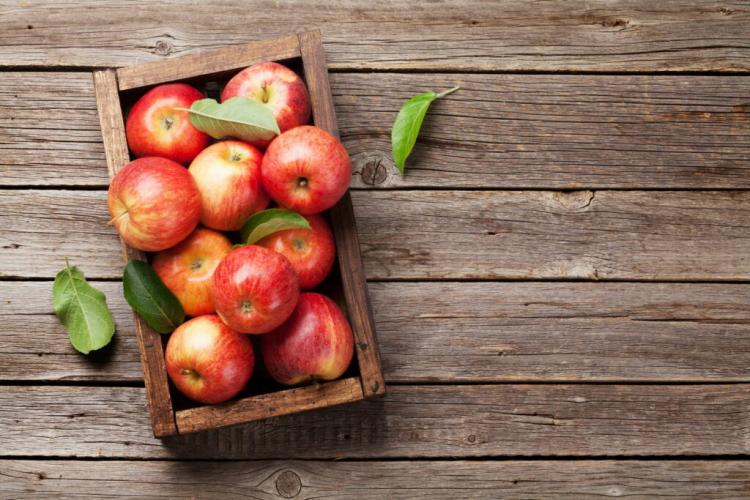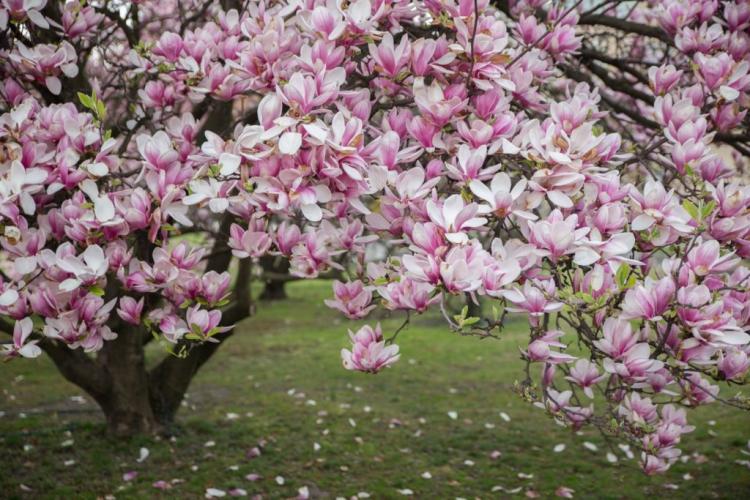Compost: Everything From Correct To Make Composting
Composting is an old and sometimes complex practice. Read here what compost is, how it is made, how it is used, and everything else about black gold.
The compost – has been with mankind for a very long time. It was only discovered centuries after settling down that it was one of the first ways to keep cultivated land fertile. As part of the history of manure, compost made a tremendous contribution to the progress of human civilization. In this article, we have summarized information on all areas relating to compost, and we will also forward you more detailed special articles.
What is compost
Table of Contents
You will find a summary of the topic below – if you would like more information, you will find the full special article on compost here.
Compost is organic material that has been put together by human hands (Latin compositum = “that which has been put together”) that has gone through the process of rotting. Although compost is humus, humus cannot be called compost because it is created naturally without human intervention. During composting, old structures of the raw material are first broken down by the activity of worms, insects, and various microorganisms.
Little by little, molecular and atomic building blocks are separated to then be combined to form new molecules called humic acids. Visible humus flakes are then created in connection with clay particles. Compost is very variable, but in general, it is brown to black, has a woody smell, is heavier than peat, lighter than sand, and has many medium-sized pores. The color and structure, pH value, nutrient content, and stability of the compost change depending on the raw materials, duration, and conditions of rotting. The designation always provides information about the properties, as we have listed for you below.
| description | Emergence | properties | use |
|---|---|---|---|
| Fresh compost | 4 – 8 weeks rotting time, composting not completed | Nutrient content high, stability low | Plant fertilizer |
| Ready-made compost | Min. 6 months rotting time | Medium nutrient content, medium stability | Plant and soil fertilizers |
| Mature compost | 2 – 3 years rotting time | Low nutrient content, high stability | Soil fertilizer |
| Green compost | From green waste (green space maintenance, gardening, and landscaping) | Low nutrient content, high stability | Soil fertilizer |
| Organic compost | From organic waste (organic waste bin) | Nutrient content high, stability high | Plant fertilizer |
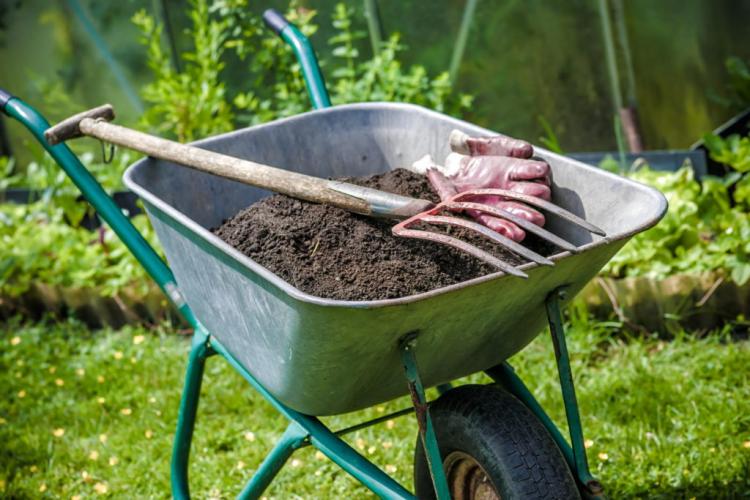
As you can see, the properties of compost can be changed via the rotting time and the raw materials. The stability indicates how easily the compost can be broken down again by microorganisms after it has been spread in the soil. A high level of stability means that the compost is a good soil fertilizer: it improves the soil properties sustainably but provides hardly any nutrients for plants.
A compost that can be used as a plant fertilizer is quickly broken down because of its poor stability, with nutrients being released and available for plants. However, it does not remain in the soil permanently and therefore does not improve its properties. The names must always be considered together: A fresh green compost is more nutrient-rich than a finished green compost – but always much lower in nutrients than a fresh organic compost.
Compost can be used in a variety of ways. In the form of compost tea, it can also act as a liquid soil conditioner that can be used to inoculate soil or composts with beneficial microorganisms. The benefits of using compost as soil or plant fertilizer are also known in agriculture and horticulture.
Compost pile: benefits and function
Below is a summary of the benefits and functions of compost pile – you can read more here in the full special article on the subject.
Benefits of a compost heap
Your own composting has many advantages: The reduction in the size of the organic waste bin, the quick and easy disposal of garden waste, and the receipt of high-quality, versatile fertilizer for soil and plants are probably the most important. An ecological drive can also play a role: Composting yourself is the most environmentally friendly way of handling your waste. Unfortunately, you can hardly sell your compost and monetize it – if you want to get rid of it, giving it away or disposing of it are your options.

The function of a compost heap
Composting in a pile or composter takes place quietly, secretly, and apparently slowly. In fact, a lot happens in the process. The activity of the organisms involved can even cause high temperatures of over 60 ° C. What happens there is part of the carbon cycle: the old structures of the organic waste, which mainly consists of carbon (C), are dissolved, microorganisms absorb carbon-containing compounds, use them to generate energy and exhale carbon dioxide (CO2).
High nutrient and above all nitrogen contents accelerate the decomposition by making the work of the microorganisms easier. After the structures have been broken down, new molecules are then formed in chemical and biological processes, namely the above-mentioned humic acids.
Since the composting is carried out almost entirely by microorganisms, their living conditions determine how quickly and how hot the composting takes place. The availability of oxygen and water, the temperature, the pH value, and the nutrient content are influencing factors. The person who carries out the composting can also influence this.
You might so like: What Is Compost? Properties, Origin And Yield
Of course, this requires a certain amount of work: The correct sorting, layering, any repositioning, liming, and supplementing of nutrients are activities that have to be done before starting the compost extraction. Depending on the type of composter used – rent, rotting box, quick and thermo composter, or worm box – the work differs. Basically, however, everything revolves around optimizing the living conditions of the little helpers – the composting organisms.
Building compost: instructions
Building your own composter has its advantages: you not only save money, but you also create the composter according to your own wishes and needs. Do-it-yourself construction is often not that complicated and requires neither great manual skills nor particularly unusual tools. A rotting box can already be made with a little wood, nails, a plastic tarpaulin, and boards. For a quick composter, perforated metal or plastic barrel is sufficient, which with a little insulation can even become a thermal composter.
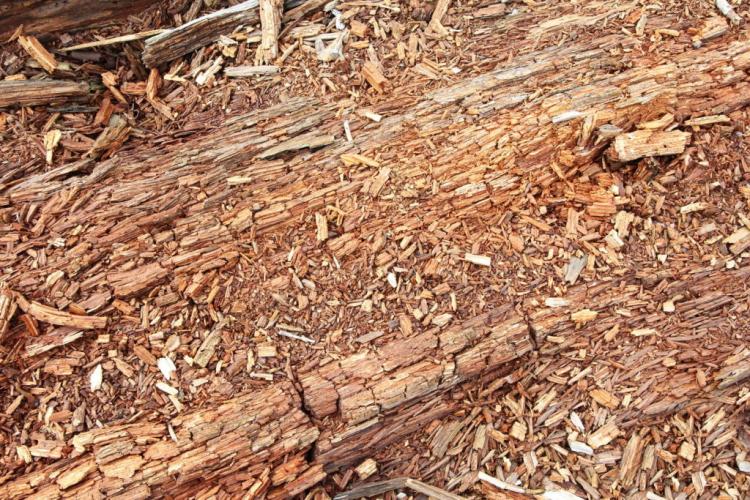
Building a worm box is just as easy and inexpensive: You can build an expandable worm hotel from a few nested plastic boxes, a drain cock, and two flower pots. The Bokashi bucket (in which, strictly speaking, fermentation and not composting takes place) is completed even faster: two buckets are plugged into one another, sealed and a tap is attached. If the lid is on, the Bokashi bucket is ready for use. Of course, you can also use other materials than those just mentioned. Good composters can also be made from paving stones or bricks, a metal fence, or expanded metal, even from pallets, taking into account the needs of the composting microorganisms.
Buying a composter, on the other hand, can be surprisingly cheap as well as expensive: Price and composter quality are not necessarily in a clear relationship to one another. The appearance and durability often determine the price. Basically, it can be said that a composter can cost between 50 and 500 $. The cheapest ones suffer either in functionality or in durability, the most expensive models often score with either exceptional durability, a special and aesthetic design, or both.
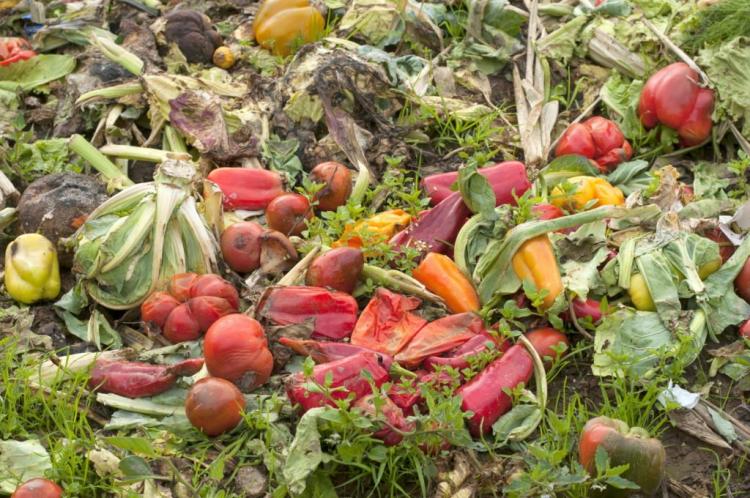
Use a compost bin
In this context, a frequently asked question about composting facilities in the garden is the question about the border distance: Can you get legal problems if you compost your compost directly at the border fence? The answer is: maybe. Although compost is not considered a structural facility – and therefore it may be located directly on the border – it does produce unpleasant odors, attract pests or annoy your neighbor in any other, significant way, he can take legal action against it.
Compost bins come in different sizes, shapes, materials and with or without a ventilation system and odor filter. Before you buy a bucket for your organic waste, take a quick look at the effects of the following variables.
| variable | Effect on … |
|---|---|
| size | Frequency of emptying, odor development, cleaning |
| shape | Convenience when emptying (sticking of waste) |
| material | Cleaning (suitability for dishwasher), durability |
| ventilation | Odor development, cleaning, liquid development |
| Odor filter | Odor development, fly infestation |
The adherence to foul-smelling, damp and mushy waste is a nuisance during emptying and makes cleaning less convenient. You can avoid this with a particularly smooth and round interior, the use of compost bags or paper on the bottom of the bucket, good ventilation, and the choice of a rather small bucket.
There is often confusion about what can actually be disposed of in organic waste: This depends on whether you want to dispose of your waste in the organic waste bin or on your own compost heap. As a rule, the following belongs in the bio bin:
- Vegetable and fruit leftovers (also from citrus fruits)
- Salad leftovers (also with dressing)
- Coffee and tea residues, with bags (if without metal)
- All dairy products – in smaller quantities (except milk)
- Bones (in normal household quantities)
- Eggshells
- Nutshells
- Wilted bouquets and potted plants with soil (without ties or metal)
- Shrub and tree pruning, bark, and twigs
- Lawn clippings
- Perennials (plastic tie must be removed)
- Wild herbs
- moss
Packaging scraps, broken glass, stones and clay, plastic and metal foils, on the other hand, never belong in the organic waste. In the case of small animal litter, boiled, salted, leftover meat and larger quantities of dairy products, the district or the local disposal point decides. Behind this link is a useful website that will guide you to the correct disposal.
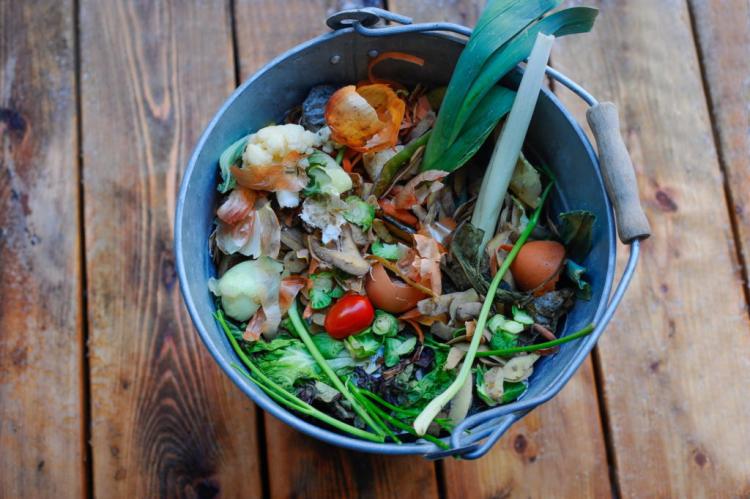
If you want to dispose of your waste on your own compost, the following also applies: Animal products, cooked and salted foods are taboo. The microorganisms in your compost are “raw vegans”. You should also make sure that diseased or seed-bearing plants do not end up in your compost in large quantities. However, this does not apply if temperatures of over 60 ° C are reached in your composting. However, this is rarely the case with private composting.
Especially in the warm seasons and especially in rural areas, flies on and in the compost bin can be a real nuisance. Not only are they annoying, but extreme occurrences are also hygiene pests.
Instead of a bucket to collect your organic waste, you can also compost directly in your apartment: worm boxes are now also available in inconspicuous designs that can also be used as seating furniture. There is no longer any need to go to the organic waste bin. Instead, you can harvest worm compost and “worm tea” in your own kitchen. The Bokashi bucket also produces a potent plant fertilizer from your organic waste in just a few weeks, along with what is known as “Bokashi tea”, which is also a liquid that can be used as a fertilizer. How to use the Bokashi bucket is explained in more detail in this article.
How to Compost Properly: Tips and Tricks
Below you will find some summarizing remarks – you can read more about composting correctly here in the full special article.
If you want to compost properly, you should understand the processes that take place in compost. Composting is known to convert organic waste into compost. This takes place in two phases: In the course of the main rotting process, the fresh compost is created, from which the final rotting process first becomes ready-made and then mature compost.
The longer the rotting can run, the more stable and nutrient-poor the compost will be. In the case of private composting, a cold rotting process usually takes place. This does not reach high temperatures above 60 ° C so that pathogens and weed seeds are not killed. It is different in recycling yards and professional composting plants: When the windows are set up in one go, the main decomposition runs stormily and with suitable insulation, the temperature rises to up to 80 ° C – a sterile compost is created.
Before you start composting, first choose a composter. You can choose from a classic rent, a rotting box – i.e. an enclosed rent -, a quick composter, thermal composter, roller composter, worm boxes for use in the house or garden, or Bokashi buckets (in which, as I said, fermentation takes place, strictly speaking). The different types of composters differ not only in terms of volume, the use, the speed of composting, the work required, and the product of the composting also differ.
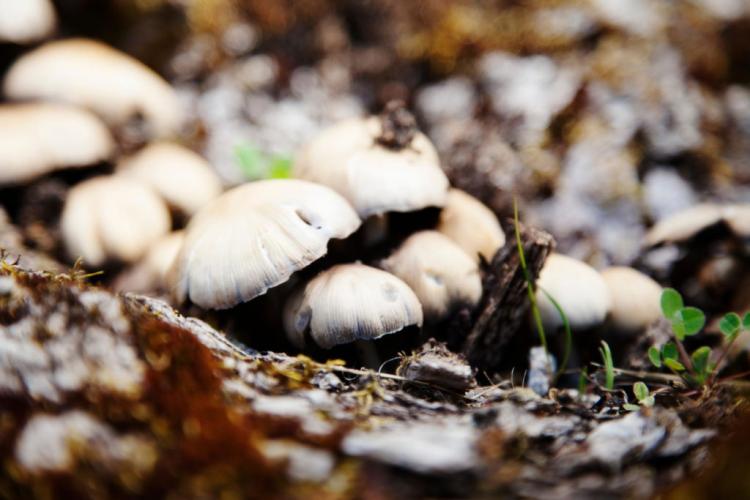
After choosing the composter, it is set up in a location that is as beneficial as possible. This should be partially shaded, protected, and large enough to carry out the necessary work. In addition, there should be healthy and loose soil under the composter. And if possible, it should not be located directly on the border with the neighbor or too far away from the place where your compost waste is generated.
The living conditions of the composting microorganisms determine how well and quickly composting takes place. The following table shows you the influencing factors and possible measures on your part.
| factor | influence | Influencing |
|---|---|---|
| Humidity | Microorganisms need water to live and multiply | Shading, partially shaded location, moisten if necessary (summer) |
| temperature | High temperatures promote the activity of microorganisms | Partially shaded location, isolation of the composter, covering with insulating material, large volume leads to higher temperatures |
| oxygen | Microorganisms breathe oxygen | Use of structural material, loose layers, repositioning, composter should enable circulation |
| nutrient | Microorganisms need nutrients to live and multiply, material that is too rich in nutrients leads to volume loss and unstable compost | Compost a mixture of nutrient-rich and nutrient-poor material, fertilize too-nutrient-poor material with nitrogen |
| PH value | A higher pH value promotes the activity of microorganisms, lower pH value promotes fungi | Use of lime when there is too much “acidic” material on the compost |
Compost worms
Compost worms are those that are specifically used in compost heaps, composting plants, composters, or worm boxes to accelerate or influence composting. Although they look confusingly similar to the common earthworm ( Lumbricus Terrestris ) – unless you have a zoologically trained eye – they are not even the same genus.
They are adapted to live in flat, very nutrient-rich areas and also feel comfortable in narrow worm boxes. In addition, they are characterized by a particularly large appetite and complimentary food preferences, which is why they are rightly offered and bought together. In contrast, many worms found in the “wild” live in deeper zones, have special food preferences, or are more frugal eaters – which is why many species cannot be used to support composting.
Compost worms eat by pushing their mouth opening against the substrate – their food and their habitat – by using their body muscles. In doing so, they absorb both organic and inorganic material – such as clay particles, small grains of sand, and the like. After digestion, the worms’ feces are excreted together with calcium and a layer of mucus, which already creates stable “aggregates”, i.e. crumbs. Bacteria and fungi then colonize these and convert the worm droppings into elastic, absorbent, and even more stable humus flakes.
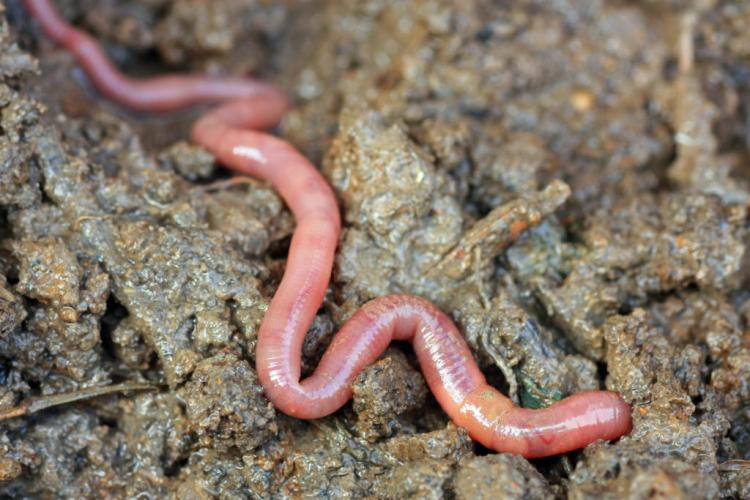
Because the digestion of the worms speeds up the composting process, professional composting plants have long since “hit on the worm”. In a private setting, compost worms are used in compost heaps and – much more intensively – in worm boxes. These are simple or divided boxes into which you put the compost material together with the worms.
Models for indoor and outdoor use can be purchased or manufactured yourself with relatively little effort. Thanks to their inconspicuous design and the additional use as seating furniture, the worms’ dwellings have even become socially acceptable. The very space-saving composting of your organic waste is an ecological and economical alternative to the organic waste bin – and can even be operated in a city apartment.
Of course, the responsibility for a few hundred to a few thousand worms also means some work and knowledge: For the worms to live well, digest a lot and multiply, their basic needs must be met. This includes, for example, that it has to be dark, not too humid and that sufficient main and trace nutrients have to be available. A lack of oxygen due to the compost material being layered too compactly robs them of their air and they could suffocate. And although they can use a surprising amount of waste, too much or incompatible feed can also have negative effects.
Compost soil: fertilize plants with compost
To avoid confusion, here is the difference between compost and compost soil:
- Compost refers to the product of targeted composting, also known as rotting. It has very variable properties that are heavily dependent on the raw materials, the rotting time, and the rotting conditions. For this reason, the use of compost can vary between using it as a soil fertilizer and using it as a plant fertilizer. All gradations in between are also possible. A soil fertilizing compost is poor in nutrients, very stable against microbial degradation, and improves many soil properties in the long term. So it can make the soil fertile for a long time, but it hardly supplies any plant nutrients. A plant-fertilizing compost, on the other hand, is rich in nutrients, very unstable to microbial degradation, and provides plants with many nutrients. However, it does not remain in the soil – or only to a small extent – so that fertility is not increased in the long term.
- Compost soils are mixed soils that contain compost, among other things. Since pure compost is not an optimal livelihood for many plants, additives are used. These modify the properties of the mixture so that it is optimally adapted to the respective plant culture. Compost soils for summer flowers and potted plants, vegetables, shrubs, or herbs are available with different compositions.
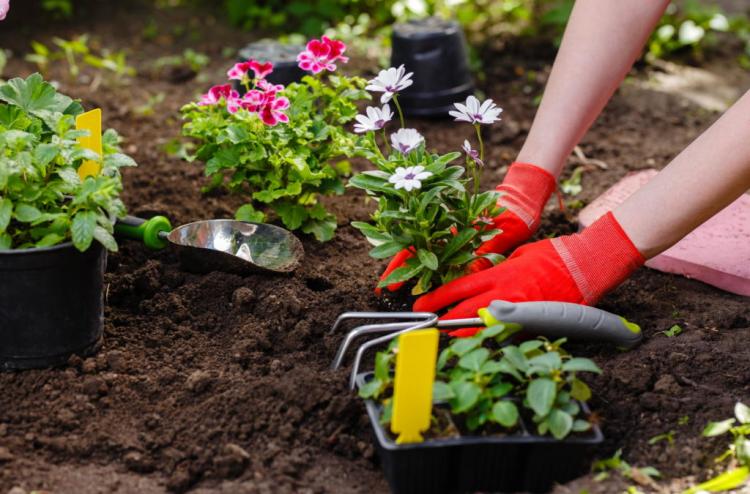
The use of compost is the same as with normal potting soil, however, when switching from peat-containing to peat-free soils, a few small things can change. So your fertilization with compost soil may be less. Some peat-free mixes can sag or require a little more watering. Since the mining of peat in Germany and elsewhere is not justifiable from a regional as well as a global point of view, this minimal adjustment should ideally be a matter of course for every garden and nature lover.
The use of compost depends on what you ultimately want to achieve with the application. The pure fertilization of beds, lawns, or wooded areas can be carried out with nutrient-rich organic/ready-made compost or organic/fresh compost. For this purpose, a thin layer 0.5 to 1 cm thick is distributed over the entire surface and only worked in flat. However, if your goal is to improve a barren piece of soil, we recommend using green waste / mature compost and reading this special article that deals with humus management.
Mix the compost yourself
You can buy compost potting soil or make it yourself. Especially if you have the opportunity to produce compost yourself, you should consider making your own potting soil. You can adapt these individually to the needs of different plants. The production of your own compost soil also has other advantages, such as the low price, environmental compatibility, and the certainty that it contains ingredients. However, your own composting naturally costs some time and effort and the procurement of the additional additives is then up to you.

In the course of composting, first fresh compost, then finished compost, and finally, ripe compost is produced. You can use all of these forms of compost to mix the compost, but not all are suitable for every purpose. Before mixing, the compost should be heat sterilized to kill pathogens and weed seeds, which are very annoying, especially in flower pots around the house.
Buy compost
Compost is a kind of man-made humus – and you can not only make it yourself but also buy it. This is particularly useful if you need compost quickly for planting, soil improvement, or fertilization and you cannot wait a whole year for your own compost to be ready. Compost can be purchased from hardware stores and garden centers in the form of the composts mentioned above. The small volumes and the relatively high price make this variant impractical if you need a little more compost.
The cheapest option is therefore to go to a local recycling center, where compost is constantly made from the contents of the organic bins and the green waste from the maintenance of green spaces. The materials are often mixed, but in some places, nutrient-rich organic compost and nutrient-poor green compost are also offered separately. Another possibility is the private way: Perhaps you know a gardener whose compost production exceeds his own needs so that he cedes some of the black gold to you?
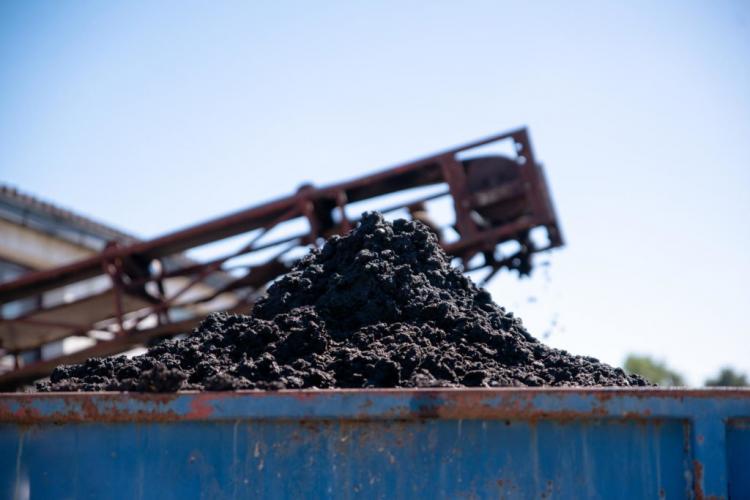
Of course, peat is also partly humus. However, in addition to this “swamp humus”, peat also contains large amounts of undecomposed material. Peat is comparatively cheap and can be used to improve the soil structure if you adjust its pH value with lime. The undecomposed material then turns into humus over time. However, since the use of peat causes many environmental problems – even the threat of climate change – the use of peat should be avoided if possible or at least severely restricted.
